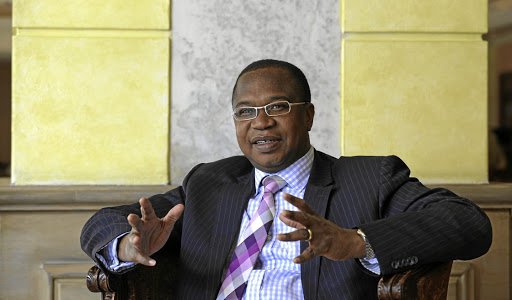|
Getting your Trinity Audio player ready…
|
By Zimbabwe Coalition on Debt and Development (ZIMCODD)
Legal and Institutional Frameworks Governing Public Debt
In Zimbabwe public debt is legislated by the Constitution of Zimbabwe Amendment (No.20) 2013, the Public Debt Management Act [Chapter 22:21], the Reserve Bank of Zimbabwe Act [Chapter 22:15], the RBZ (Debt Assumption) Act of 2015, and the Air Zimbabwe Debt Assumption Bill of 2021. The institutional arrangements for debt management include but not limited to the Ministry of Finance and Economic Development, Parliament of Zimbabwe; the Debt Management Office, External and Domestic Debt Management Committee, the Reserve Bank of Zimbabwe, Zimbabwe Asset Management Company as well as the Office of the President and Cabinet.
Zimbabwe’s Debt Stock
According to the 2021 budget statement, Zimbabwe’s total public debt as of December 2020 was estimated to reach 78.7% of GDP. Zimbabwe’s law on debt management prescribes that Public and Publicly Guaranteed Debt should not exceed 70% of the GDP. Domestic debt as of December 2020 was ZWL$16.7 billion-plus Treasury Bills of ZWL$8.6 billion during the first quarter 2021 and ZWL$ 349 million which is part of the AirZim Debt Assumption making it ZWL$25.6 billion.
The International Monetary Fund (IMF) Regional Economic Outlook for Sub Saharan Africa April 2021 indicates government debt to be 88.9% of GDP. External debt to the multilateral creditors, as at end of December 2020, amounted to US$2.68 billion, of which US$1.53 billion is owed to the World Bank Group, US$729 million to the African Development Bank, US$356 million to the European Investment Bank, and US$68 million to other multilateral creditors. On the other hand, bilateral external debt amounted to US$5.76 billion, with US$3.78 billion owed to the Paris Club creditors and US$1.67 billion to Non-Paris Club creditors. This is aggravated by the AirZim Debt Assumption Bill of 2021 which saw the government taking responsibility for the US$30 million foreign-owned debt.
To this end, Zimbabwe is in debt distress and this is a major national crisis. A country is said to be in distress when it is unable to fulfill its financial obligations. This is clearly illustrated by the accumulation of external debt arrears, which currently account for about 60% of the total public debt. Arrear payments have thus become major components of the public debt problem in Zimbabwe. This shows the increasing incapacity of the country to service the debt. It thus remains vital for citizens to be vigilant over how the government borrows, how it uses borrowed funds, and also to know who is owed and the extent and terms of the debt.
